Innovation and Entrepreneurship

The Entrepreneurship and Innovation pathway fosters creativity and an entrepreneurial spirit, where students delve into design thinking, business principles, and ethical practices, preparing them to innovate and succeed in an ever-changing world.

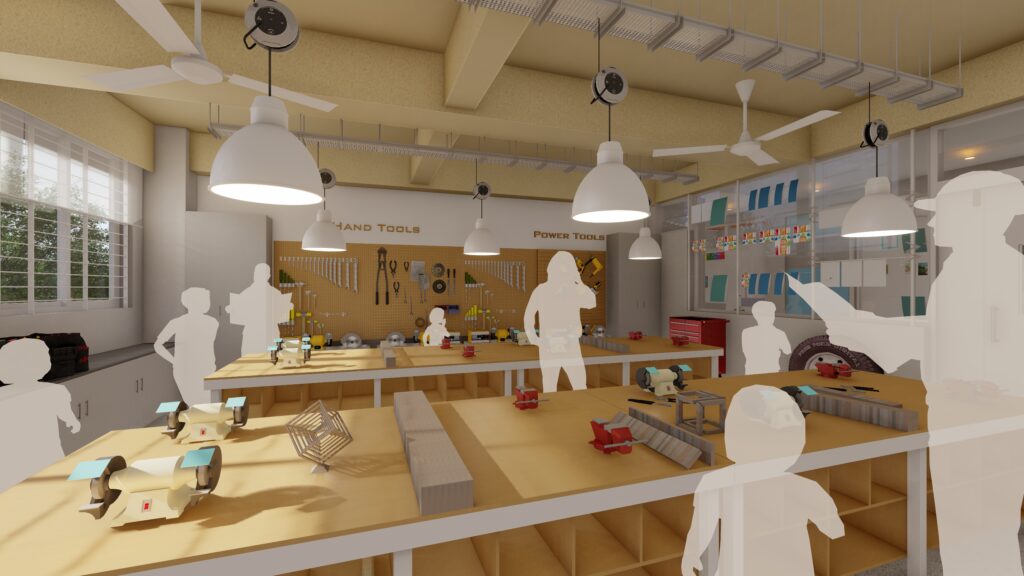
The Makery
At The Garage, students embark on a journey of innovation, transforming concepts into viable projects. With state-of-the-art resources and an inspiring environment, it’s the epicentre for entrepreneurial spirit and forward-thinking ventures. It’s here where innovation truly finds its home.
Purpose

- A culture of creativity and ethical entrepreneurship is built through the integration of design thinking, business principles, and innovation skills.
- An entrepreneurial mindset is shaped by combining design, systems, and service thinking with ethical practices to address real-world challenges.
- A diverse skill set blending business and design principles prepares students for innovative problem-solving and ethical decision-making.

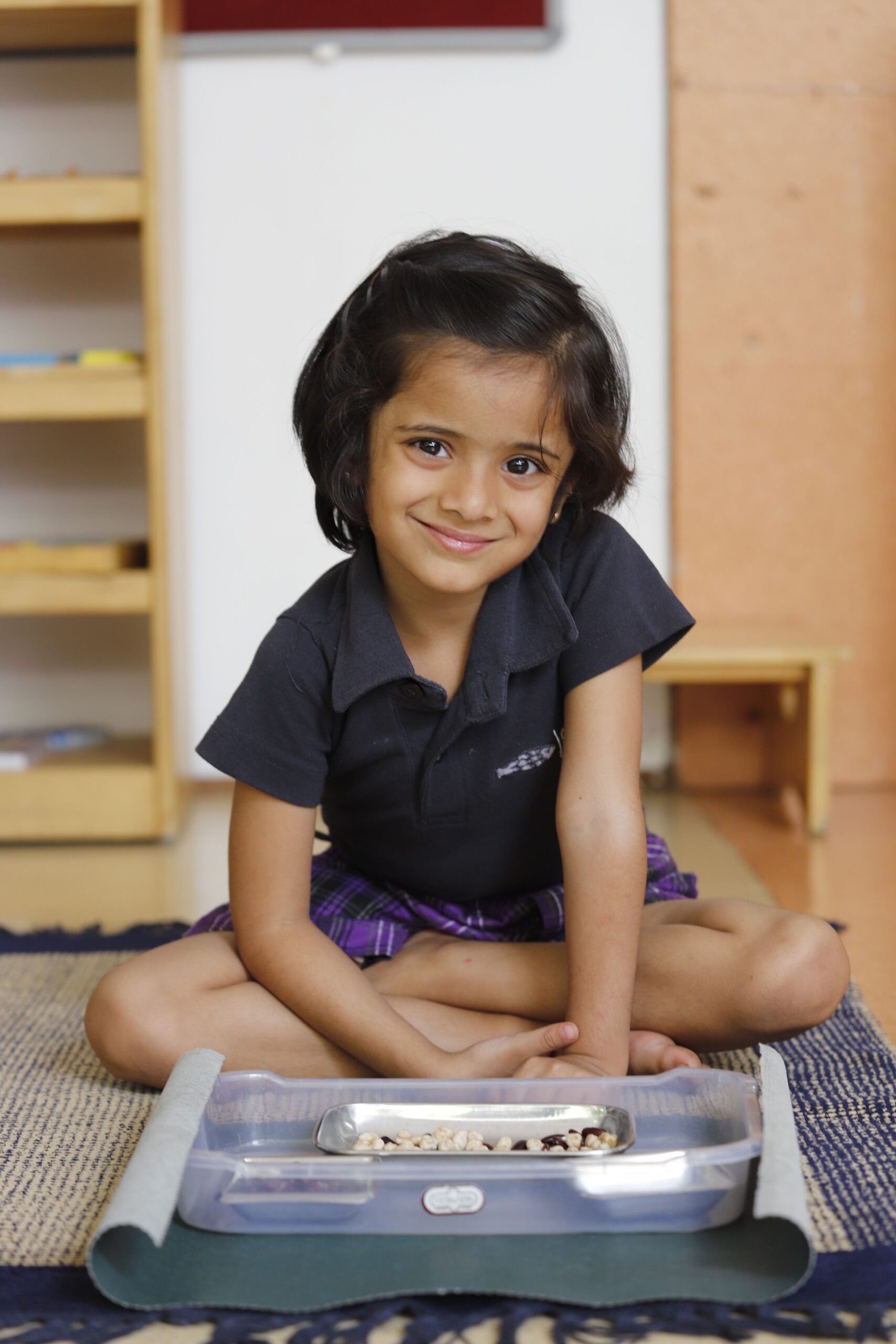
Learning Experiences
Design a Sustainable Process or System
A project combining design thinking, empathy, and business principles to create impactful solutions addressing social and environmental challenges.
Develop a Student-Run Social Enterprise
A collaborative initiative where students create a business plan, develop a product or service, and launch a social enterprise, fostering entrepreneurial skills and community impact.
Run a Student-Led Innovation Challenge
An opportunity for students to lead, promoting creativity, leadership, and critical thinking while cultivating a culture of innovation within the school.
Key Practices

LEARN
Inquire – Exploring basic economic concepts, identifying the needs of their community, and inquiring into the potential areas for creative problem-solving and innovation.
THINK
Critical Thinking | Connect | Reflect
Promoting reflective and critical thinking, empowering learners to assess creative ideas, align with values, adapt strategically, and collaborate effectively to address community needs with innovation.
DO
Care | Communicate | Collaborate
Learners prioritise ethics, social responsibility, and sustainability, collaborating with peers, mentors, and stakeholders to create impactful projects, and address real-world problems.

Core Dimensions of Learning
Industrial Design
The creative and technical process of conceptualising and developing innovative products to meet user needs and market demands.
Geometric Construction and Technical Drawing
Precise representations of objects and designs for practical applications in engineering, architecture, and technical fields.
Communication Design
The art of visually conveying ideas, concepts, and information effectively across digital and print mediums.
Artisanal and Craft
A focus on sustainability and traditional craftsmanship through collaboration with communities using meticulous materials and techniques.
Design Thinking
Principles of human-centred design, focusing on empathy, problem identification, ideation, innovation, prototyping, and testing.
Systems and Service Thinking
A mindset rooted in empathy, collaboration, and feedback to design systems and services that address real-world user needs.
Ethics of Practice
The ethical dimensions of design and innovation, emphasising responsible and thoughtful practices.
Business and Design
The intersection of business and design, guiding creativity into practical, innovative solutions.
Core Dimensions of Learning
Design Thinking
Principles of human-centred design, focusing on empathy, problem identification, ideation, innovation, prototyping, and testing.
Systems and Service Thinking
A mindset rooted in empathy, collaboration, and feedback to design systems and services that address real-world user needs.
Ethics of Practice
The ethical dimensions of design and innovation, emphasising responsible and thoughtful practices.
Business and Design
The intersection of business and design, guiding creativity into practical, innovative solutions.
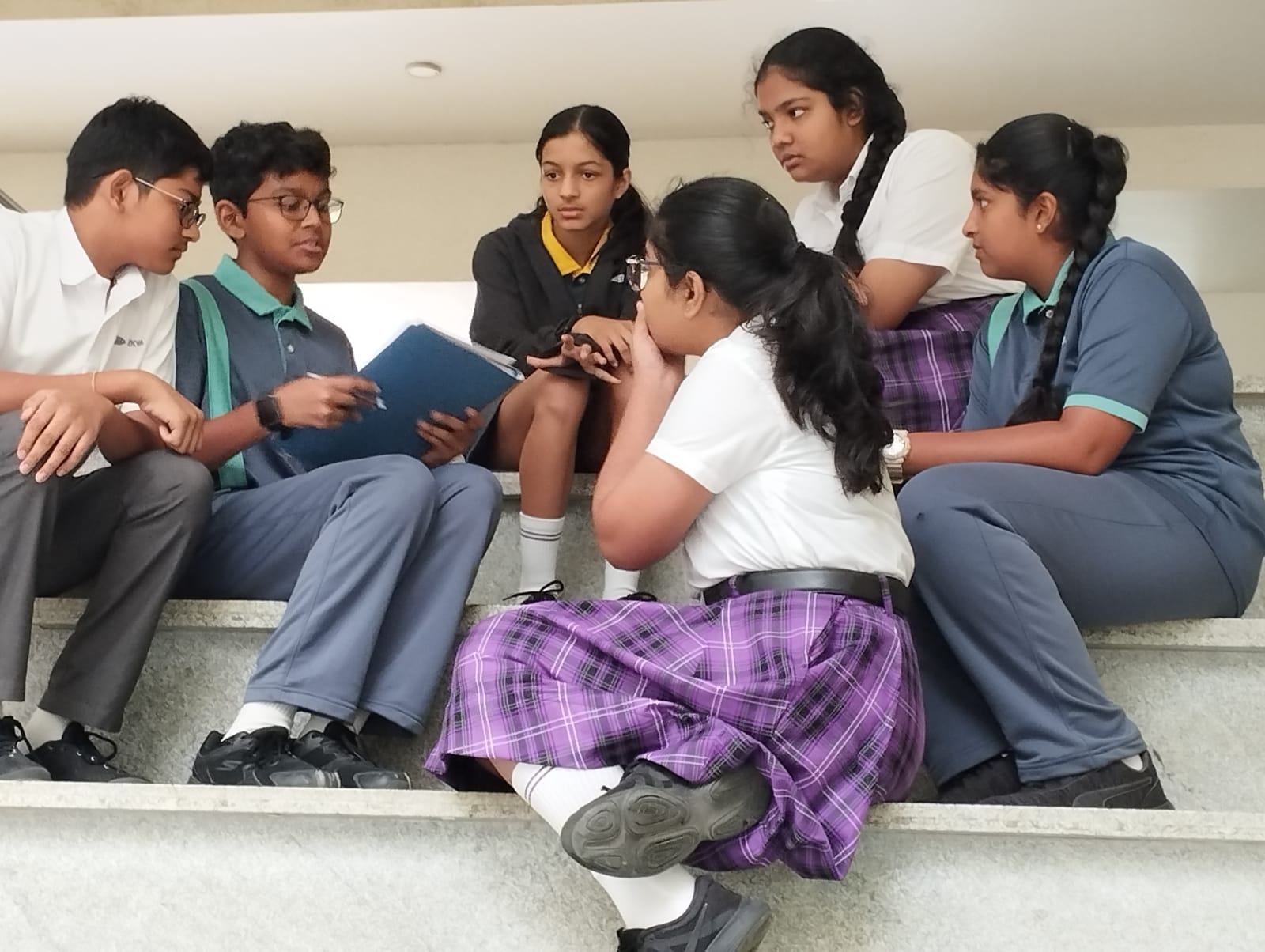

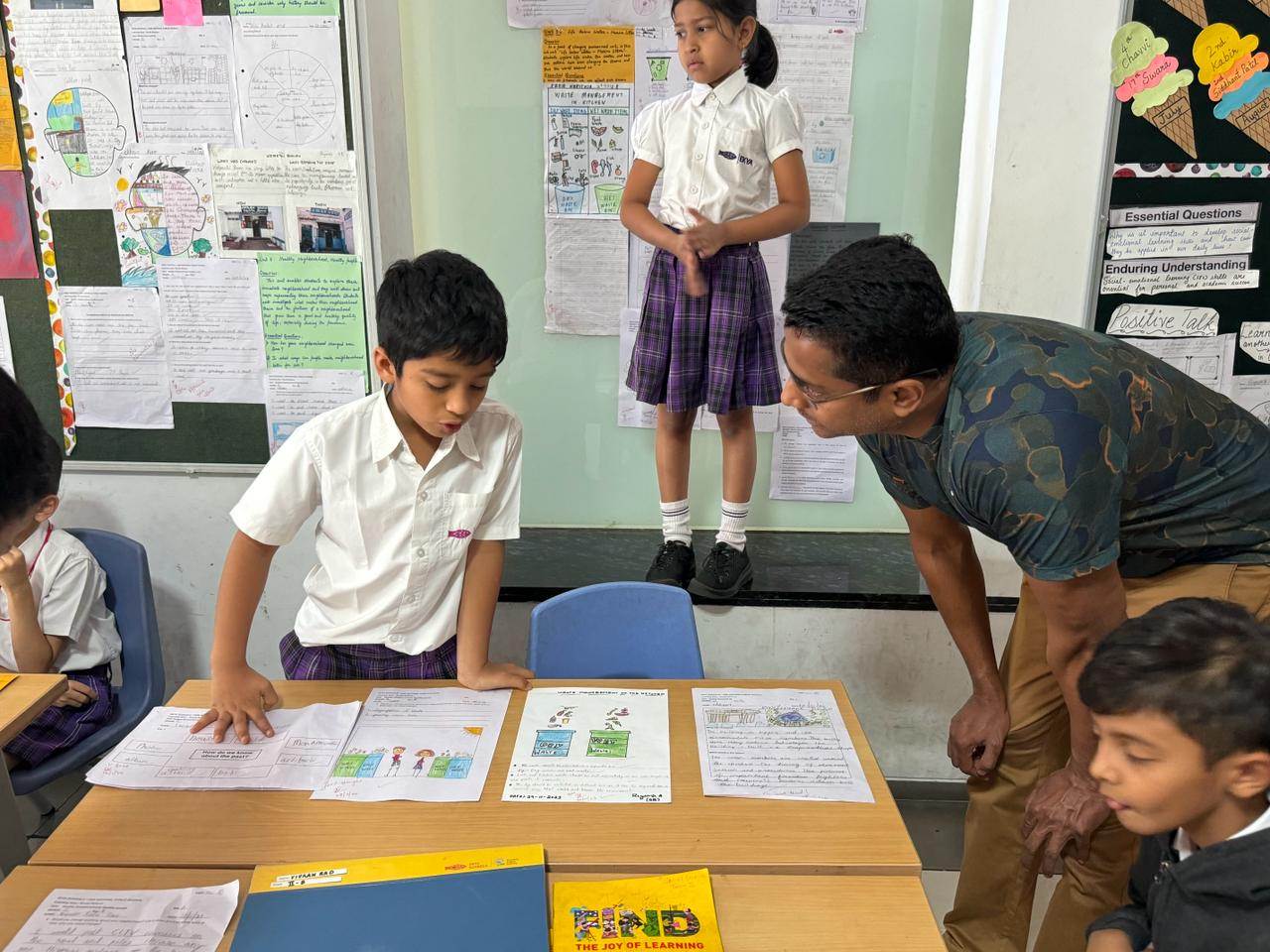
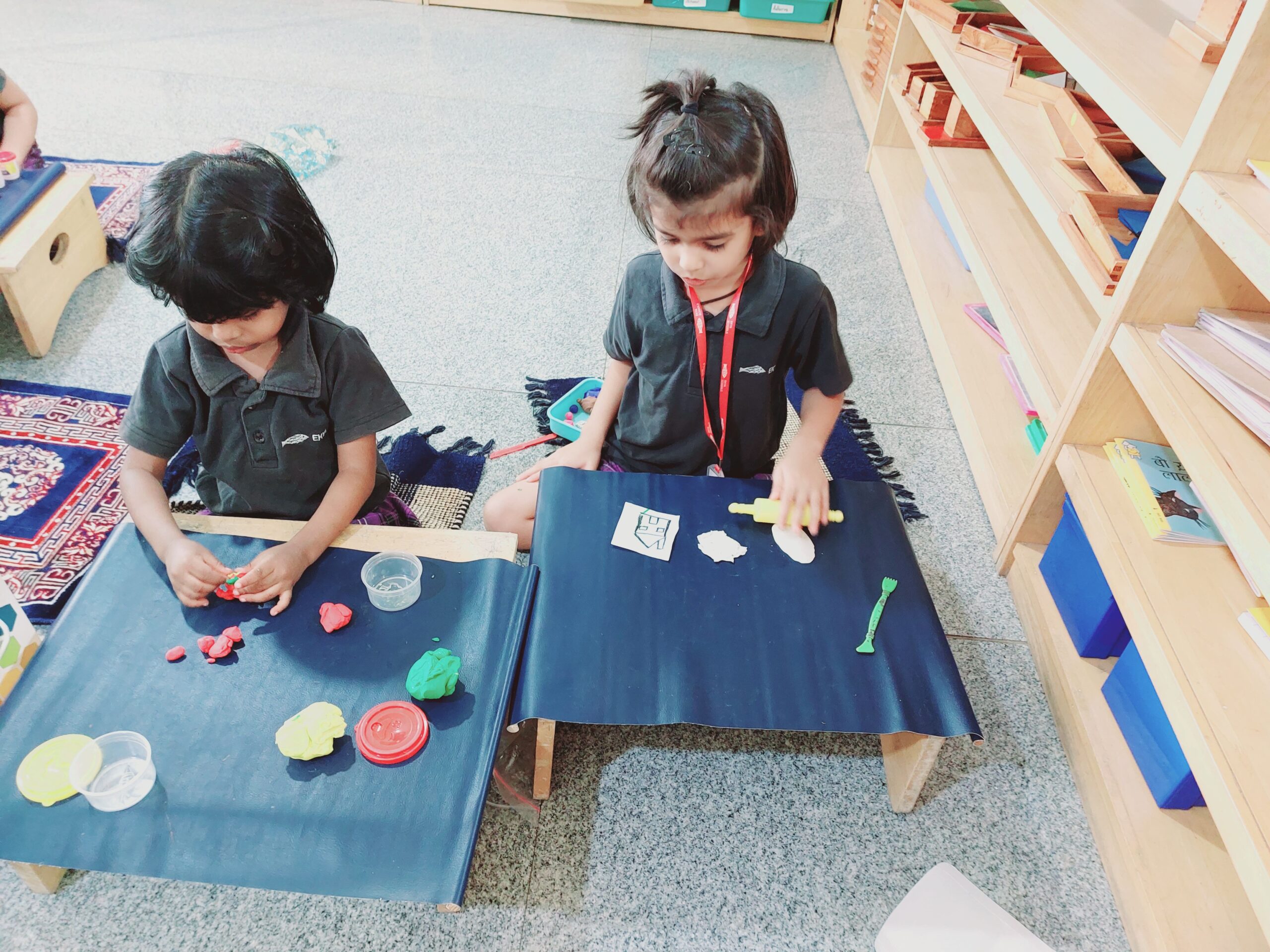

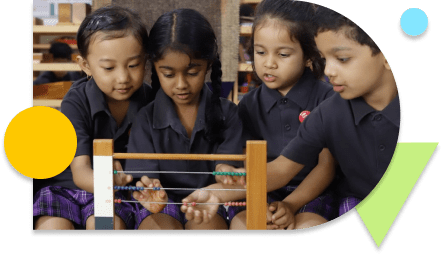
Start Your Innovation Journey
